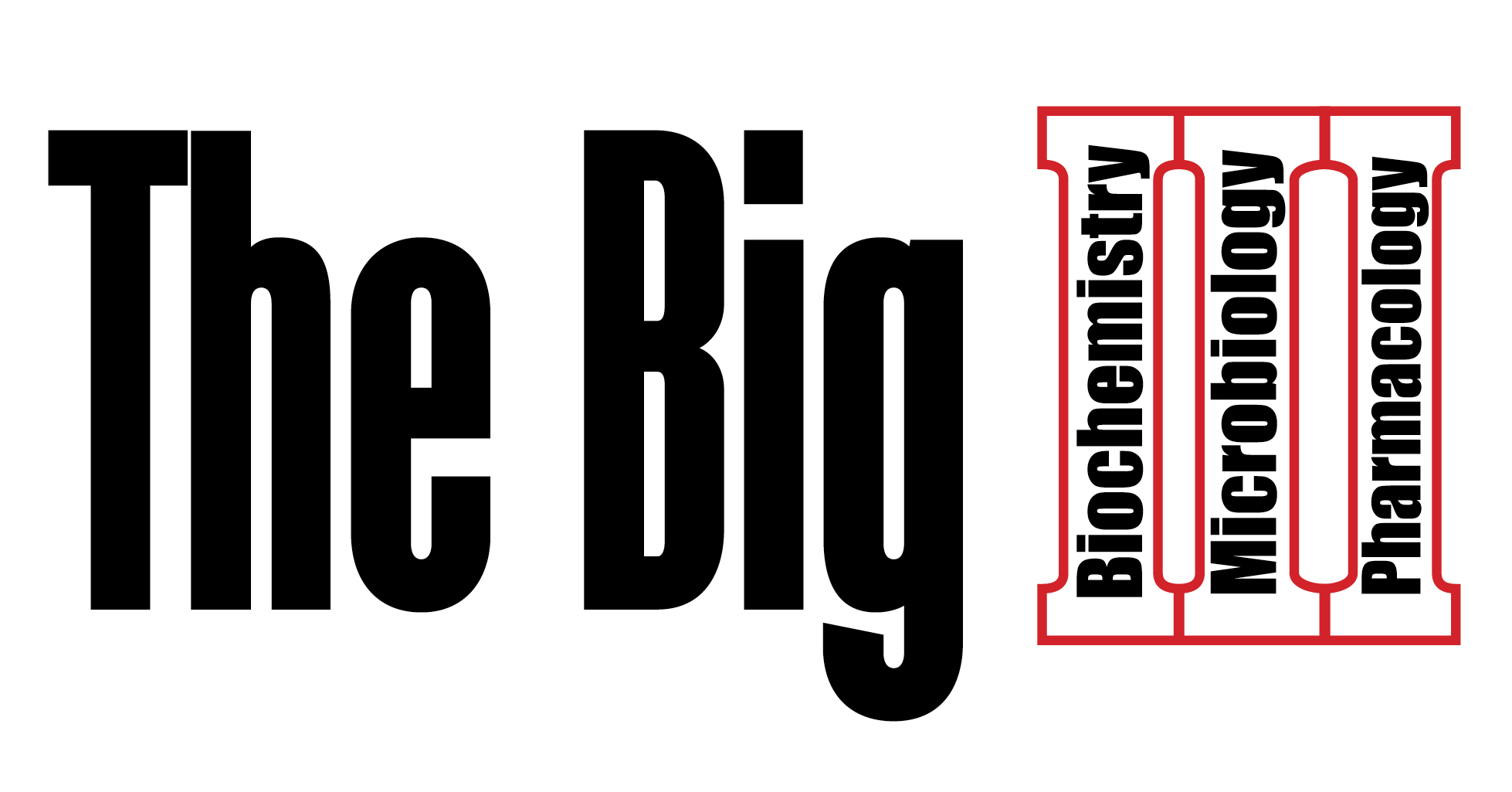If you’ve ever asked yourself, “How the heck am I ever going to learn Pharmacology, Biochemistry, and Microbiology???” you’re not alone.
As a long-term tutor with Med School Tutors I can say with certainty that no two students I’ve worked with are exactly alike. However, every student has shared one thing in common: A distinct aversion to the same Step 1 topics.
These topics — which I’ve since dubbed the “BIG 3” — include pharmacology, biochemistry, and microbiology.
The BIG 3 are the cause of repeated hours of stress, much hair being pulled out, and students simply throwing their hands up in the air saying, “I just can’t do this!”
It’s no surprise that I continued to see these three topics turn up again and again as self-reported weaknesses from the students I’ve worked with. These topics are not organ system-based and do not have the same conceptual physiology behind them as a foundation on which to build an understanding. They are all VERY BROAD fields with a seemingly endless amount of terminology and minute details separating correct and incorrect answers on UWorld questions and NBMEs.
It is therefore of the utmost importance that students find efficient and efficacious ways to master these topics to see that score bump on the USMLE that they are looking for.
Here are some tips that can help even the most wary student crush these tough disciplines:
Pharmacology:
While pharmacology seems like an endless parade of drug names, mechanisms, and side effects, the USMLE really focuses on key elements of the discipline over others.
One of the pillars of pharmacology is the autonomic nervous system. Knowing this system inside and out is definitely high-yield and will help you as you learn the myriad drugs that act on this system. Know the locations, neurotransmitters, and major physiology effects of both sides of the system. Many questions center on imbalances of the autonomic nervous system so having a full understanding is key!
Also, the only thing more plentiful in pharmacology than drug names is adverse effects. At times it seems like there is absolutely no end to them. Learning all of these adverse effects is NOT high yield because the USMLE has favorite side effects for each drug that they like focusing on. Instead of perusing textbooks and making bloated flashcards for each drug, learn your side effects through your question bank! I only studied side effects tested through UWorld and felt that it not only saved me a lot of time but I also had a strong conceptual understanding of key adverse effects. (And don’t forget: flashcards and spaced repetition can take your retention, mastery and studies overall to a more effective level.)
Biochemistry:
Biochem is all about enzymes. Know thy enzymes and know them well! Names and associated pathways are the highest yield pieces of information. Many board questions ask about metabolic pathways in a roundabout way by having associated enzymes as answer choices.
So how does one learn all of those complicated metabolic pathways? Believe it or not, DRAWING is the best way to do this! If you’re having trouble memorizing the urea cycle take out a blank piece of paper and draw as much of it from memory as you can. It won’t be good at first, that’s okay! Correct your drawing from First Aid, crumple up your first piece of paper, and do it again and again. Don’t stop when you get it right; stop when you can’t get it wrong. This will take 30-60 minutes, but when finished, you’ll know that pathway the rest of your life. Pick a different pathway every day and you’ll be stunned at how quickly you get all of these memorized!
(You may also want to take a look at the high-yield areas we identified for Immuno and Biochem here.)
Microbiology:
The USMLE will often lean on your knowledge of classification and ask about bugs you might not find in First Aid. It’s therefore key that every student start with learning their micro classification charts first. First Aid has good charts for Gram (+) cocci and Gram (-) rods; treat them like metabolic pathways and DRAW THEM OUT. That’s right, draw those charts until you can’t get them wrong. You’ll be happily surprised at how quickly micro falls into place once you have your classification scheme down.
Another key micro topic that the USMLE loves is exotoxins. First Aid has a wonderful chart regarding exotoxins; I’d know it cold. Know the mechanisms, the related signaling, and even other bugs that secrete toxins with similar effects (e.g. ETEC heat labile toxin and V. cholera both increase adenylate cyclase activity).
Lastly, nothing about pharm, biochem, and micro can be learned without repetition.
Don’t start adding on different resources either; UWorld and First Aid should be plenty. Students with dedicated textbooks tend to be inefficient and study low yield facts. Doing thousands of questions with consolidation in First Aid is enough!Keep these tips in mind and you’ll be on your way to crushing the BIG 3!





